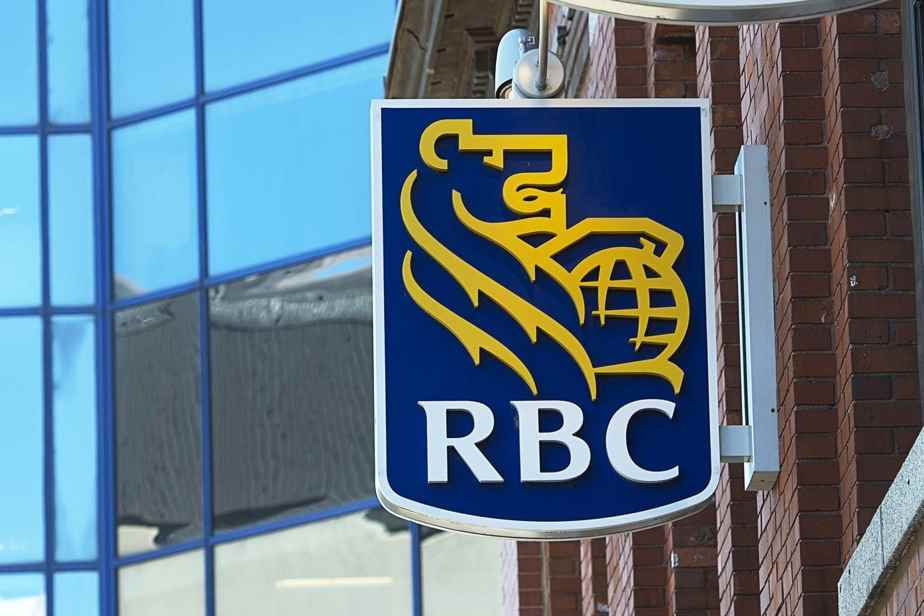(Toronto) The Royal Bank of Canada (RBC) reported higher earnings on Thursday, saying many underlying economic indicators remained strong despite heightened recession risk.
Updated yesterday at 4:32 p.m.
“We’re trying to present a balanced view of the economy right now and we’re in the middle of a cycle,” bank chief executive Dave McKay said in a conference call with analysts. .
He pointed out, however, that Russia’s invasion of Ukraine had added complexity to some challenges, such as supply chain disruptions and energy, labor and housing shortages that contribute to inflation and potential end-of-cycle signals.
Central banks need to tackle demand “very vigorously” to contain inflation, McKay said, making it difficult to predict the impact of rising rates and inflation on demand and lack of goods and services to meet this demand.
From this perspective, markets have a hard time predicting how the economy will fare. Will it land with a slight recession? And our message today is that it could go either way. It’s 50-50.
Dave McKay, CEO of RBC
Some underlying elements of the economy remain strong, such as liquidity and full employment, and should act as good buffers for this uncertainty, he added.
For now, the bank continues to benefit from lower pandemic concerns, as it announced a reversal of 342 million in provisions for credit losses, compared to a release of 96 million in the same quarter last year. last.
Provisions included a reversal of 504 million on performing loans, primarily due to reduced uncertainty from the COVID-19 pandemic, which was offset by new provisions of 174 million on impaired loans related to new uncertainties,” said Chief Risk Officer Graeme Hepworth.
Although our base scenario still calls for positive economic growth, we have increased both the severity and the likelihood of our downside scenarios, which partially offset the release of reserves related to COVID-19.
Graeme Hepworth, Director of Risk Management at RBC
He said employment rates, house prices and other macro variables were stronger than expected in the second quarter, and a return to normal loan loss provisioning levels has likely been pushed back. in 2023, while any high borrowing costs associated with these emerging macroeconomic headwinds are unlikely to materialize until 2024.
Rising profits and dividends
Royal Bank posted revenue of 11.22 billion for the second quarter, down 3% from the same period a year ago, while its net profit of 4.25 billion was up 6% compared to that of 4.06 billion last year.
Revenue at its capital markets division declined largely due to unfavorable market conditions, while profitability was boosted in part by the reversal of credit losses.
The bank further announced that it will now pay a quarterly dividend of $1.28 per share, down from $1.20 per share until then.
On an adjusted basis, RBC made a profit of $2.99 per share, up from $2.79 per share a year ago.
Analysts on average had expected adjusted earnings of $2.67 per share, according to forecasts compiled by financial data firm Refinitiv.
“On the face of it, Royal Bank beat analysts’ expectations for basic earnings per share by an impressive 12%, but by eliminating a very large pandemic-related provision reversal of $504 million (or $516 million including other financial assets) and a favorable tax element, results come back to earth very quickly,” Scotiabank analyst Meny Grauman observed in a note to clients.
Still, he pointed to some positives, including impressive spread expansion and overall loan growth of 9%.
RBC reported 11% growth in residential mortgages in Canada, but expects the market to slow due to rising interest rates.
McKay said he expects the slowdown in the mortgage market to be offset by higher growth in commercial loans and credit cards as spending and card balances increase.
“Credit and debit card transactions were 30% above levels [prépandémiques] in April, with strong momentum continuing through May,” he said.

